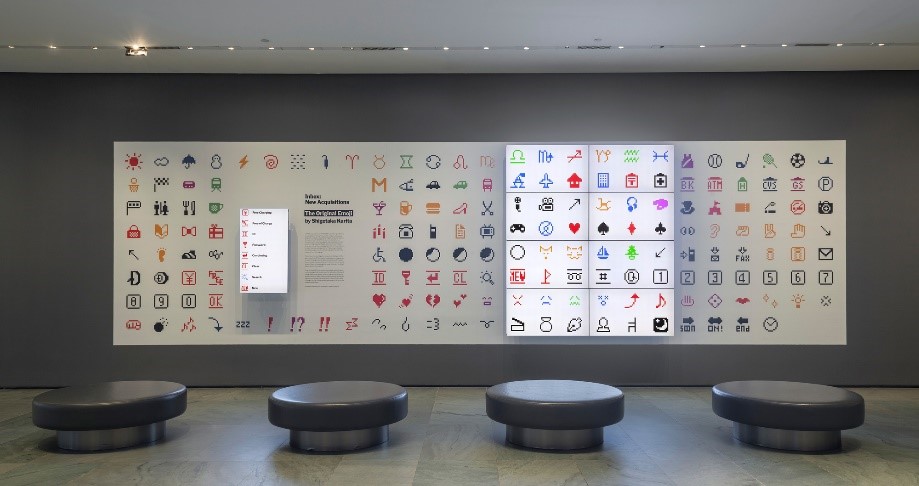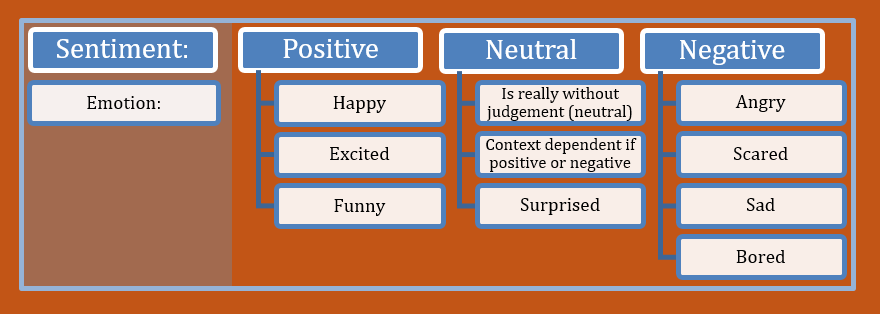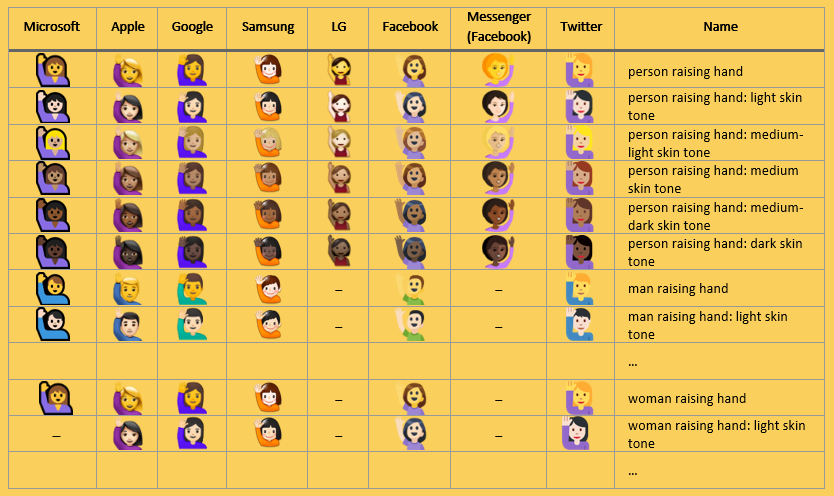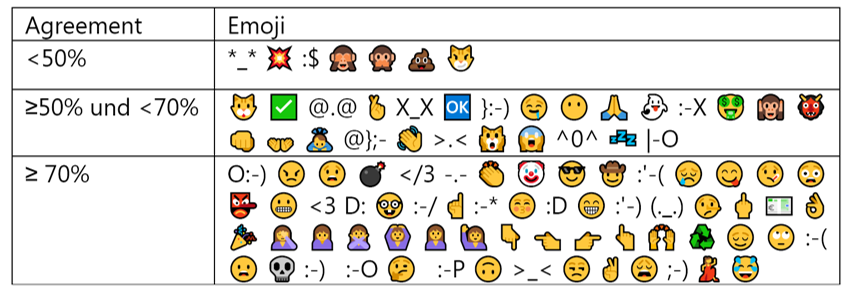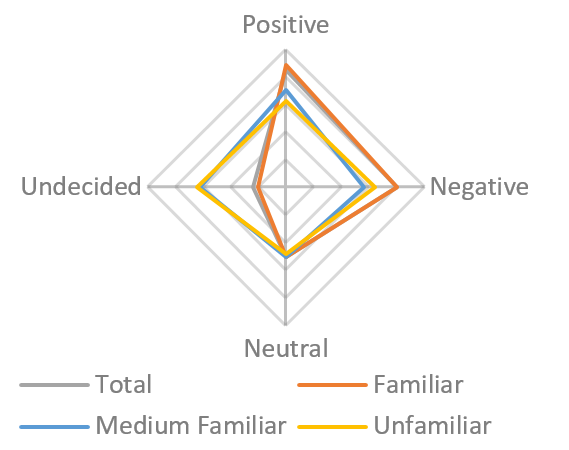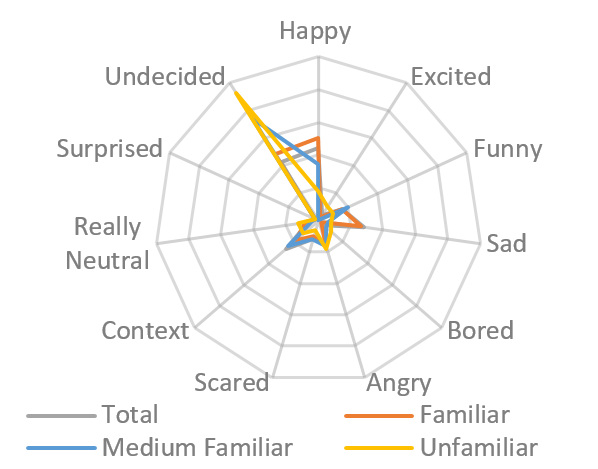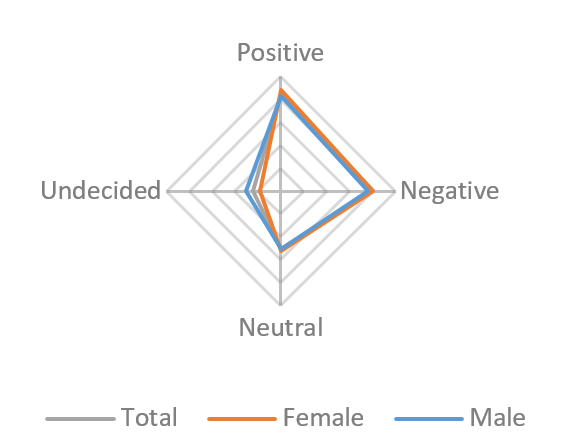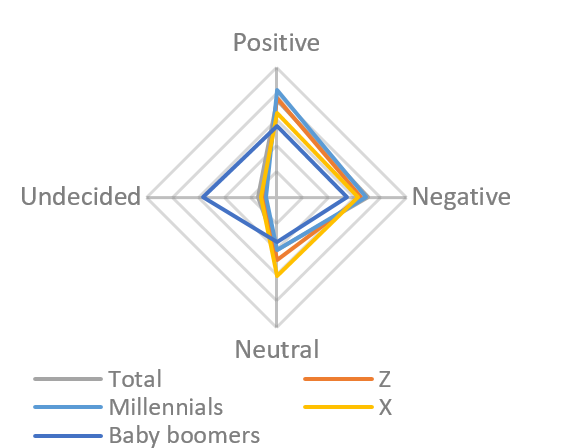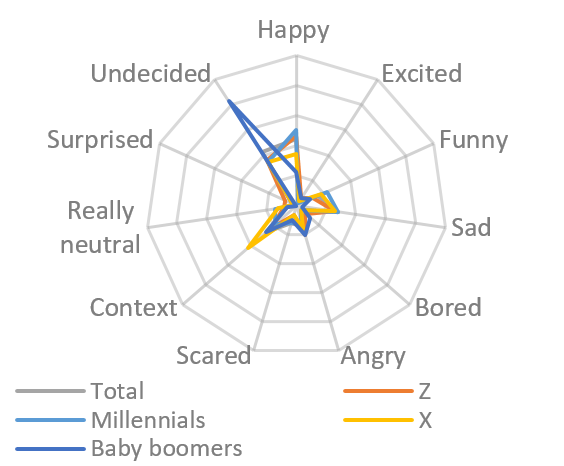Design and Results of our first Study
Since 2016 we are performing research on analysing textual user feedback in order to enable product owners and quality manager to put current research approaches into practise.
Most methods at least partially rely on quantitative measures like ratings or votes. While this is working so some extend within app stores, where ratings are present, it is not possible anymore when analzying social media feedback.
In addition, emotion is one of the key aspects of user experience. Which is not captured by most research approaches.
The need for suitable metrics for social media analyses as well as the importance of emotion leads us to investigate emojis. In the beginning of 2016 we had the vision to make use of emojis to detect sentiment and emotions within user feedback.
This lead to two leading question:
„Are Emojis perceived homogenously among people?“
„How are emojis linked to real emotions?“
